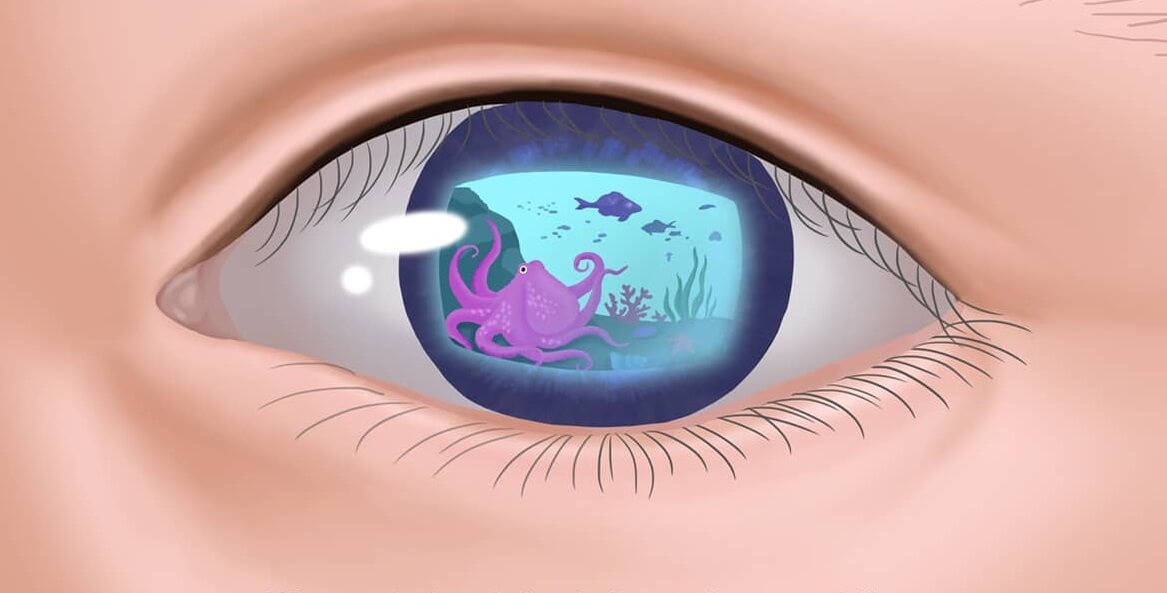Eyestrain, often attributed to glare or specular reflection, can significantly affect our screen viewing experience. To mitigate this issue, a common approach involves the use of upper polarizers for Anti-Glare (AG) surfaces with Thin-Film Transistor (TFT) liquid crystal displays (LCDs). Adding a slight haze to the screen helps reduce glare. Additionally, modern smartphones are equipped with light sensors on their front covers, coupled with Light and Brightness Control (LABC) algorithms. These sensors automatically adjust the screen brightness, preventing excessively bright displays in dark environments.
LCD screens, regardless of their liquid crystal arrangement, rely on polarizers attached to both the front and back sides of the liquid crystal cell. This arrangement forms a light valve, often referred to as upper and lower polarizers in the industry, controlling the passage of light for display purposes. Consequently, LCD screens inherently emit linearly polarized light.
The LCD Circularly Polarized Light Display technology takes a different approach. It involves stacking a visible light 1/4-wave plate on the outer side (the side facing the viewer) of the polarizer, which contains iodine-infused Polyvinyl Alcohol (PVA), a polarizing absorption layer. Typically, the fast axis of the waveplate (or slow axis) is oriented at a 45-degree angle relative to the PVA polarization axis. When light passes through this waveplate, the two transverse wave components along the fast and slow axes recombine, introducing a phase difference of 1/4, resulting in the creation of circularly polarized light.
OLED screens, on the other hand, function differently. OLEDs employ self-luminous materials that emit light through the recombination of electrons and holes in an organic layer. This emitted light closely resembles natural light, making it visually comfortable. However, OLEDs, being current-driven devices, require metal layers as their cathodes or anodes. These metal layers can lead to pronounced reflections when placed under a glass substrate, which is not an issue in darkroom settings but becomes problematic in everyday usage.
To mitigate these reflections, OLED screens often incorporate “anti-reflective circular polarizers.” These polarizers help eliminate the specular reflections caused by the metal layers. Nevertheless, it’s worth noting that the 1/4-wave plate in OLED screens is laminated on the inner side of the PVA layer to mitigate these reflections. This design choice introduces an interesting aspect to consider: the emitted light, despite its high quality, becomes linearly polarized when observed by the human eye.
Moreover, for users who wear polarized sunglasses while viewing screens, only natural light and circularly polarized light can ensure screen visibility at any orientation when sunglasses are rotated. Linearly polarized light restricts visibility to specific angles. Typically, mobile phones are designed with the polarized light’s vibration direction aligned parallel to the screen’s longer edge. This configuration ensures that users wearing sunglasses can comfortably view their screens in portrait mode.
Portrait mode is often preferred for tasks requiring immediacy, such as reading texts and emails, especially in outdoor or driving scenarios where sunglasses are essential. In contrast, landscape mode caters to leisure and entertainment activities like watching movies and playing games, where sunglasses are usually not required.
As for the question of why linearly polarized light is more taxing on the eyes and potentially linked to myopia, there remains no unanimous answer in the industry or academia. Nonetheless, certain experimental findings suggest that linearly polarized light may indeed be more visually demanding.
In conclusion, understanding the role of polarization in screen displays can help in reducing eyestrain and improving overall visual comfort when interacting with electronic devices.
With a keen interest in tech, I make it a point to keep myself updated on the latest developments in technology and gadgets. That includes smartphones or tablet devices but stretches to even AI and self-driven automobiles, the latter being my latest fad. Besides writing, I like watching videos, reading, listening to music, or experimenting with different recipes. The motion picture is another aspect that interests me a lot, and I'll likely make a film sometime in the future.

